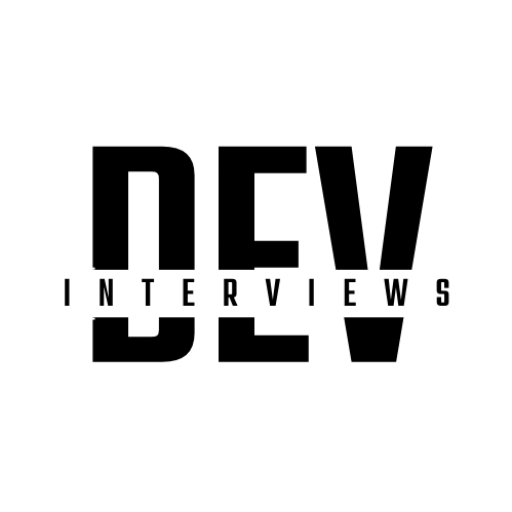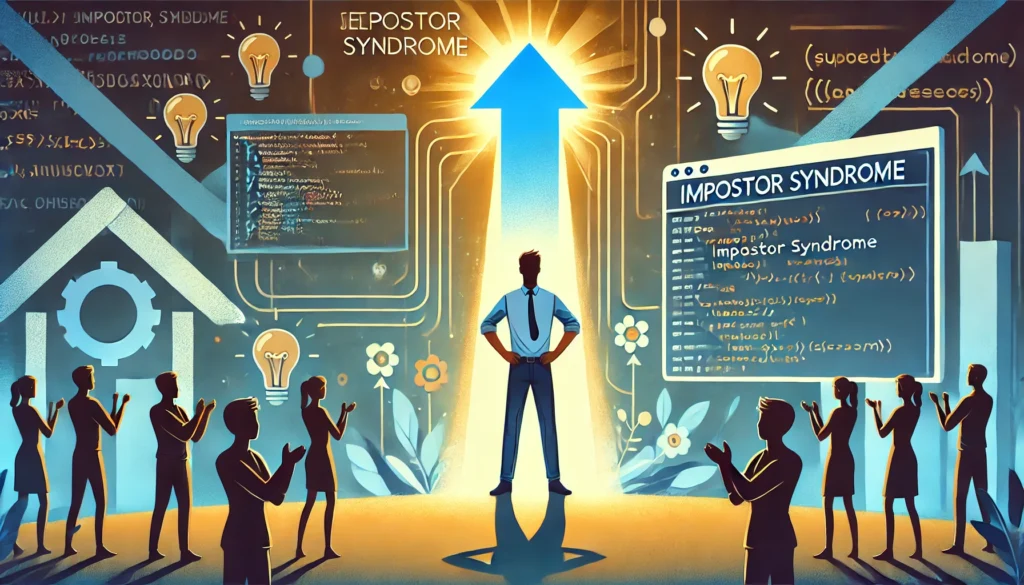Technical interviews are a crucial part of the hiring process in the tech industry. They are designed to assess your problem-solving abilities, coding skills, and how you approach challenges. Standing out during these interviews is not just about getting the right answer but also about demonstrating a strong problem-solving mindset. Here’s how you can distinguish yourself in technical interviews through effective problem-solving.
1. Understand the Problem Clearly
Before jumping into the solution, take time to understand the problem fully. Many candidates rush to start coding without clarifying the requirements, which can lead to mistakes.
- Ask Questions: Clarify any ambiguities in the problem statement. This not only helps you understand the problem better but also shows the interviewer that you are thorough and careful.
- Restate the Problem: Summarizing the problem in your own words helps ensure that you’ve understood it correctly and provides a chance for the interviewer to correct any misunderstandings.
- Identify Constraints and Edge Cases: Make sure you’re aware of the problem’s constraints, such as time or space complexity, and think about edge cases that could break a naive solution.
2. Break Down the Problem
One of the key skills interviewers look for is your ability to break down complex problems into smaller, more manageable parts. This demonstrates a methodical approach to problem-solving.
- Divide and Conquer: If the problem is large, divide it into smaller sub-problems that can be tackled individually. This makes it easier to solve and helps you maintain a clear structure in your code.
- Start with a Simple Example: Work through a simple example or edge case before moving on to more complex scenarios. This helps you better understand the mechanics of the problem.
- Use Pseudocode: Writing pseudocode before diving into actual coding can help structure your thoughts and provide a clear plan to follow.
3. Think Aloud
Interviewers want to understand how you approach problems, not just see the final answer. Thinking aloud gives insight into your thought process and decision-making.
- Explain Your Thought Process: Walk the interviewer through how you’re approaching the problem, the decisions you’re making, and why. This helps the interviewer follow your reasoning and allows for feedback if you’re going off track.
- Share Alternatives: Even if you’re settled on a solution, briefly mention other approaches you considered and explain why you didn’t choose them. This demonstrates critical thinking and flexibility.
- Verbalize Edge Cases: Talk about the edge cases you’re considering and how you plan to handle them in your solution.
4. Optimize for Efficiency
In technical interviews, efficiency is key. Interviewers will often ask about the time and space complexity of your solution, so it’s important to focus on writing optimized code.
- Start with a Naive Solution: If you can’t immediately think of an optimized solution, start with a naive approach. You can always refine it later, and interviewers appreciate seeing how you evolve your solution.
- Optimize as You Go: Once you have a basic solution, look for ways to improve it. Are there unnecessary loops? Can you reduce space complexity? Optimize where possible.
- Discuss Time and Space Complexity: Make sure to mention the time and space complexity of your solution (Big O notation). This shows that you’re thinking about scalability and efficiency.
5. Write Clean, Readable Code
In a technical interview, writing clean and readable code is just as important as solving the problem. Your code should be easy to follow and well-organized.
- Use Meaningful Variable Names: Avoid generic names like `x` or `temp` for variables. Instead, use descriptive names that make your code easier to understand.
- Structure Your Code Logically: Group related logic together, avoid excessive nesting, and keep functions short and focused. A well-structured solution is easier to read and debug.
- Comment When Necessary: While you don’t need to over-comment, a few strategic comments can help clarify complex sections of your code for the interviewer.
6. Test Your Solution
Once you’ve written your solution, take the time to test it thoroughly. Interviewers value candidates who can anticipate potential issues and fix them proactively.
- Test Edge Cases: Make sure to test your solution against edge cases that could potentially break it. For example, if the input is empty or extremely large, how does your solution handle it?
- Walk Through Your Code: Manually walk through your code with test inputs to ensure it behaves as expected. This can help you catch logical errors before the interviewer does.
- Handle Errors Gracefully: Consider how your code handles invalid inputs or unexpected conditions, and explain how you would adjust your solution to account for these cases.
7. Stay Calm Under Pressure
Technical interviews can be stressful, but maintaining your composure is critical. How you handle pressure often matters as much as your technical skills.
- Stay Positive: Even if you get stuck or make a mistake, stay calm and maintain a positive attitude. A candidate who can recover from mistakes shows resilience and problem-solving ability.
- Ask for Hints: If you’re truly stuck, don’t be afraid to ask the interviewer for a hint. This shows that you’re open to learning and willing to collaborate.
- Keep Moving Forward: Don’t dwell too long on one part of the problem. If you’re stuck, move on to a different part, and come back to the challenge later.
Conclusion
Standing out in a technical interview requires more than just technical knowledge. It’s about demonstrating a methodical approach to problem-solving, communicating your thought process effectively, and writing clean, efficient code. By mastering these skills, you can show interviewers that you’re not only capable of solving technical challenges but also capable of thriving in a fast-paced, problem-solving environment.




